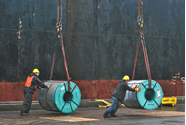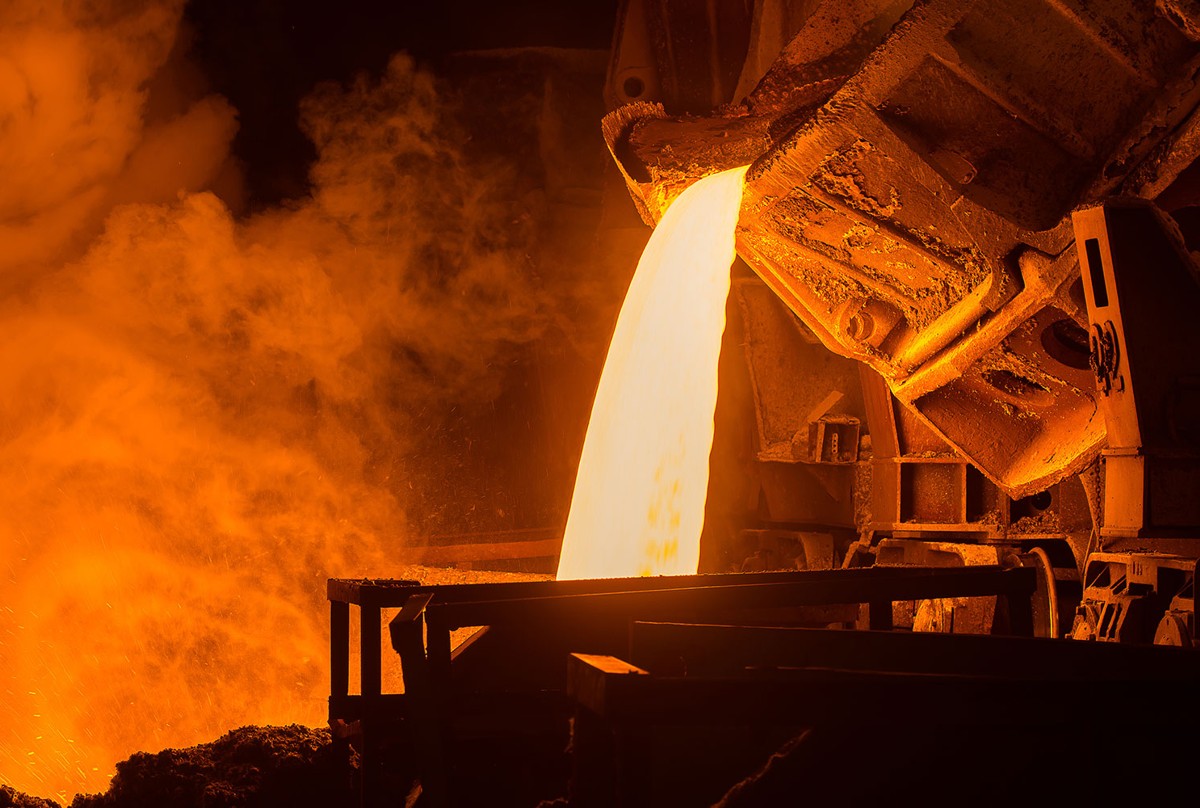Analysis

June 23, 2022
Final Thoughts
Written by Michael Cowden
I mentioned in my last Final Thoughts that you should keep your eyes open for potential catalysts for higher prices even amid all the signs that tags probably have nowhere to go but lower.
It turned out we found one hiding in plain sight. It’s contract talk season in the US, with labor pacts between the USW and union-represented mills (Cleveland-Cliffs and US Steel) expiring on Sept. 1.
That’s still a ways off. Contract deadlines in Canada, in contrast, are right around the corner. The USW contracts with Stelco expire at the end of June, and the union’s pacts with Algoma expire at the end of July. Strikes have been authorized or votes to authorize them are coming up.
 A strike authorization vote doesn’t mean that there will be a strike. And it’s not uncommon for workers to continue to work under the terms of an expired contract while negotiations continue.
A strike authorization vote doesn’t mean that there will be a strike. And it’s not uncommon for workers to continue to work under the terms of an expired contract while negotiations continue.
That said, you can see why the chances of a strike might be higher than usual. The steel industry had maybe its best year ever last year. Big expansions were announced, big acquisitions were made, and shareholders were handsomely rewarded. It shouldn’t come as a surprise that workers want a bigger slice of the pie too.
The problem? Workers are asking for more just as the steel market is swooning again. Whether it’s a modest correction or a major one remains to be seen. Do we need to start thinking about the marginal cost of production, or is such speculation premature?
I ask because there have been more rumors lately of furnaces remaining idled for longer or potentially facing idling. It’s hard to square those rumors with the reality that, even at current lower prices, mills are still very profitable. Is it that demand is drying up from automotive because of continued parts shortages? Are mills trying to consolidate blast furnaces output like Cleveland-Cliffs has already done at Indiana Harbor? Or are the rumors just rumors?
I got to thinking about idlings in part because Chicago-based Century Aluminum, the largest primary aluminum producer in the US, this week announced that it would temporarily idle its smelter in Hawesville, Ky., beginning on Monday, June 27. (I used to cover aluminum, and I still pay attention to big developments there.)
The reason: skyrocketing energy costs. Century president and CEO Jesse Gary said power costs had “more than tripled the historical average in a very short period.” I had been mistakenly under the impression that only European smelters were facing such crippling power cost increases (because of the war in Ukraine, sanctions imposed on Russia, and limited local oil and gas production).
The result: more than 600 workers at Century received WARN Act notices that they would be temporarily laid off.
We’ve already seen layoffs at Evraz North America’s large OD line pipe mill in Regina, Saskatchewan. To be clear, the reasons for that seemed particular to that facility. And, again, the higher power costs hammering Century aren’t nearly as big a factor in steel. But in my experience, WARNs rarely come in ones or twos for long.
And the trends emerging from our latest survey aren’t exactly encouraging. Lead times are still edging lower, more mills are willing to negotiate lower prices, and even sentiment – almost always bullish in steel – has taken a hit. We’ll have more on sentiment in our Sunday newsletter. But early signs are it took its biggest tumble since the early days of the pandemic.
There is still room for prices to move lower. But we’re getting to the point where lead times physically can’t fall much further barring some calamity that completely zaps demand. Which brings me back to sentiment. Why has it fallen so sharply of late? Is it possible that demand is already drying up in some sectors or regions?
By Michael Cowden, Michael@SteelMarketUpdate.com







